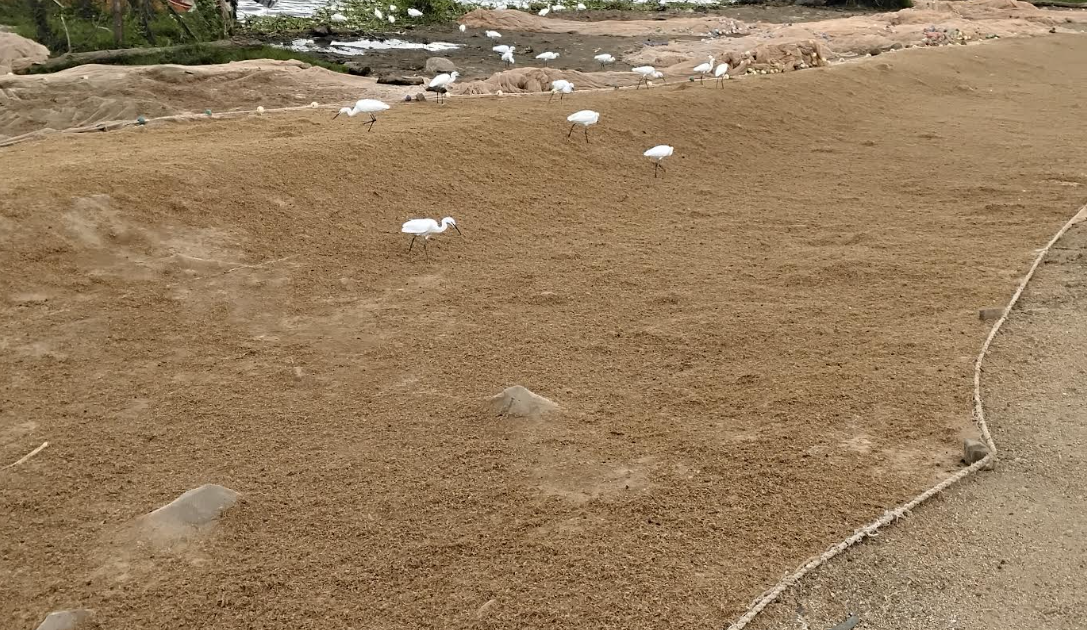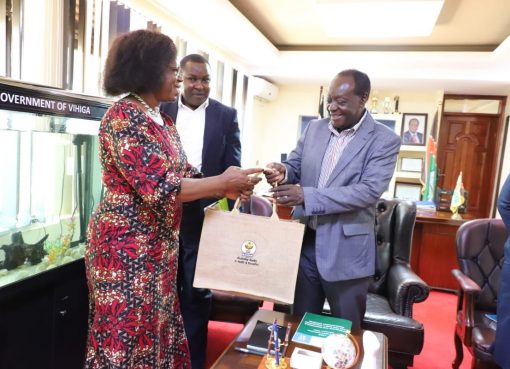Amid an ecological crisis threatening Lake Victoria, a tiny freshwater shrimp, locally known as Ochong’a is emerging as an unlikely beacon of hope for struggling fishing communities.
As pollution, climate change, and illegal fishing gear drive fish stocks to historic lows, Ochong’a, once overlooked and undervalued is thriving.
Experts now believe it could power a new, locally driven animal feed industry along the lake’s shores.
Currently being harvested in large quantities, not for human consumption but as raw material for livestock and fish feed, Ochong’a is attracting renewed interest from researchers and community leaders.
They are calling for investment in cottage industries to process the shrimp locally, adding value and creating employment for fisher folk hit hard by the lake’s declining productivity.
Speaking during the 22nd Lake Victoria Day commemorations at Asat Beach in Kisumu County, Uhai Lake Forum Chairman Prof. Raphael Kapiyo emphasized the urgent need to capitalize on the shrimp’s potential.
“The lake is no longer what it used to be. Indigenous fish species have been wiped out. Pollution is choking regeneration. But Ochong’a, this little creature could be our chance to rebuild from the ruins,” he said.
Despite the shrimp’s abundance, Prof. Kapiyo noted that local communities are not reaping its full economic potential.
Desperate fisher folk, he said, are selling bags of Ochong’a for as little as Sh1,200 to middlemen, who in turn transport and resell them across the border in Tanzania at much higher prices.
“They’re making a killing while our people go home with empty pockets,” he lamented.
Communities that once thrived on tilapia and Nile perch, he said, now depend on Ochong’a for survival yet they have little to show for it.
“We are staring at a dying lake. You can’t get water to drink or fish to fry. Ochong’a is all we have, and it’s not even edible. We’re here to reawaken our people to its potential,” he said.
Morelly Adeli, a researcher at the Kenya Industrial Research and Development Institute (KIRDI), echoed these sentiments, calling Ochong’a both a warning sign and an opportunity.
“Its evident abundance signals poor water quality, yes but it’s also a chance to turn things around. If we empower locals to process it here, we can create jobs, add value, and reduce pressure on the lake,” she said.
KIRDI, she added, is prepared to partner with communities at Asat Beach to establish small-scale processing plants where Ochong’a can be transformed into high-protein animal feed.
“It’s strange to visit the beach and not find fish to fry. But all is not lost. The lake still offers a resource that can give locals a new lease on life,” she said.
Under the proposed partnership, KIRDI, she said, will provide training and technical support to help fisher folk venture into small-scale feed production as a sustainable alternative livelihood.
By Chris Mahandara




